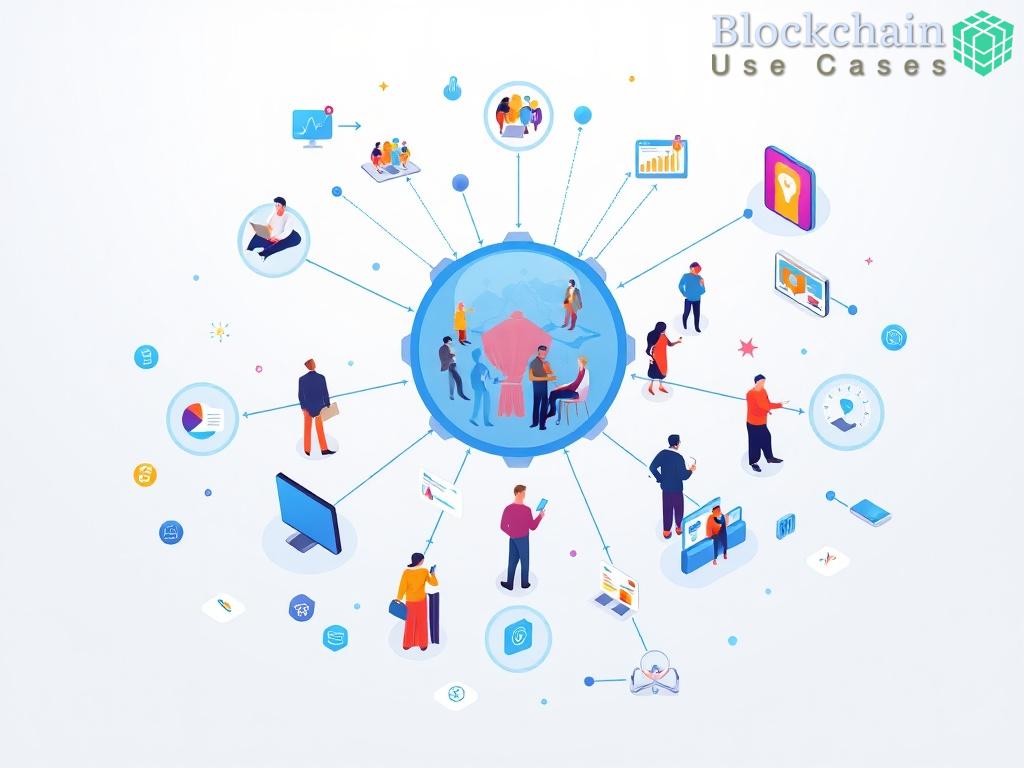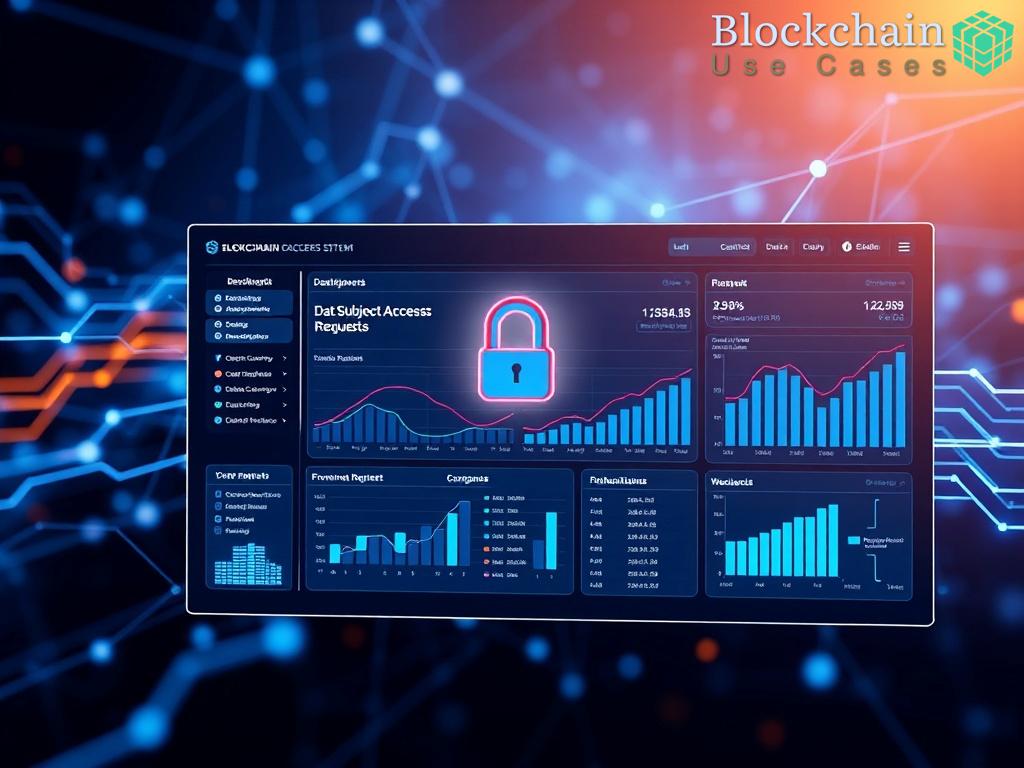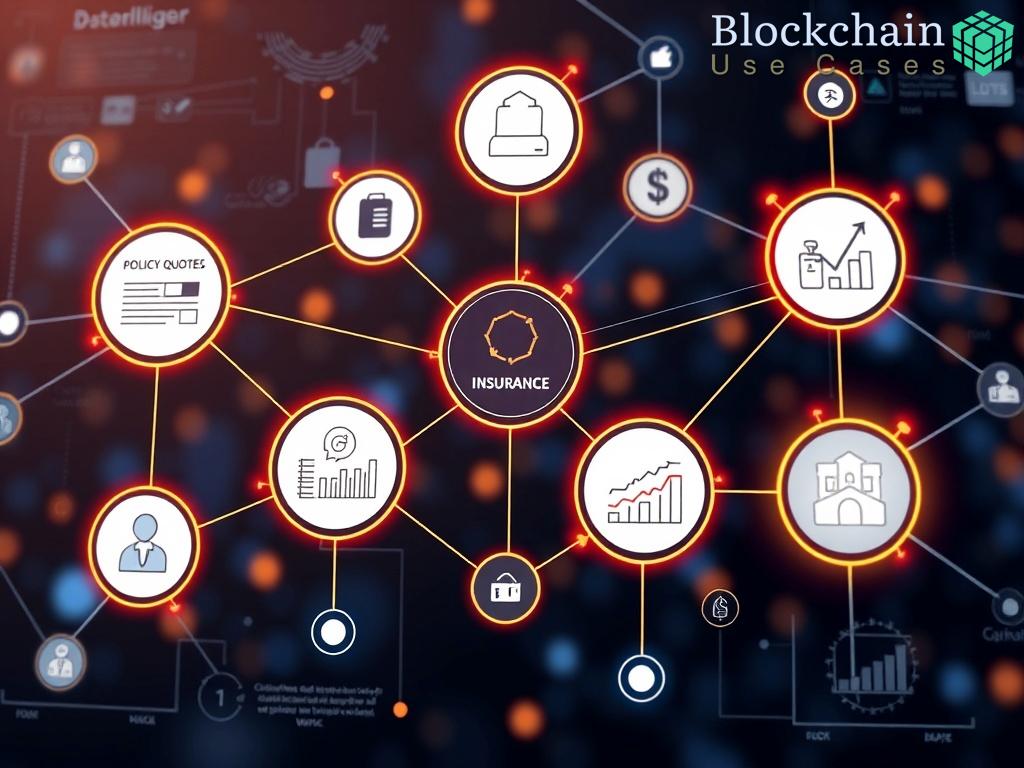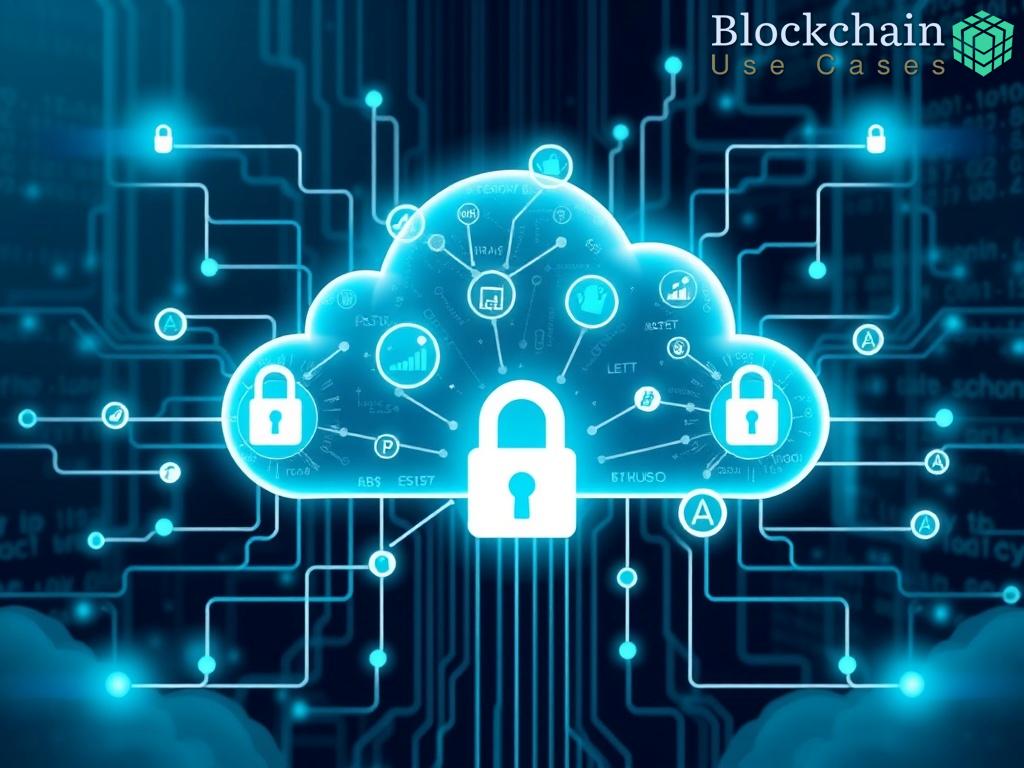Introduction to Blockchain Technology
In an era where digital transformation is paramount, blockchain technology stands out as a revolutionary force. This decentralized ledger system not only enhances data security but also fosters transparency, particularly in sectors where trust is crucial, such as utility mergers and acquisitions. By leveraging cryptographic principles, blockchain ensures that every transaction is immutable and traceable, thereby enhancing accountability among stakeholders.
Blockchain technology is characterized by several key features that contribute to its potential in transforming the utility sector. These features include decentralization, transparency, and security. Each of these attributes plays a vital role in promoting trust and reducing risks in merger and acquisition processes.
- Decentralization: Unlike traditional databases controlled by a central authority, blockchain operates on a peer-to-peer network, distributing control across multiple nodes. This mitigates the risks associated with a single point of failure.
- Transparency: Every transaction recorded on the blockchain is visible to all network participants, creating an environment of openness that can significantly reduce disputes and promote trust among parties.
- Security: Blockchain employs advanced cryptography to secure data, making it nearly impossible to alter any recorded information without consensus from the network, thus ensuring data integrity.
The implications of blockchain technology in utility mergers and acquisitions are profound. By integrating blockchain into the due diligence process, organizations can streamline operations and enhance transparency, thus gaining a competitive edge. The potential for real-time tracking of assets and liabilities can lead to more informed decision-making and ultimately foster a smoother transition during mergers.
Enhancing Due Diligence with Blockchain
In the intricate landscape of utility mergers and acquisitions, due diligence emerges as a critical phase where thorough scrutiny of assets, liabilities, and operational capabilities is paramount. The integration of blockchain technology into this process heralds a new era of efficiency and transparency, fundamentally reshaping how organizations approach this essential task. By providing a secure and immutable platform for data sharing, blockchain not only enhances the reliability of information but also fosters a collaborative environment among stakeholders.
Transforming Information Access
One of the most significant advantages of blockchain in due diligence is the transformation of information access. Traditionally, accessing comprehensive data from different sources can be cumbersome and time-consuming, often leading to discrepancies and misinformation. Blockchain streamlines this by offering a single source of truth accessible to all authorized participants in real-time. This capability is particularly crucial in utility mergers, where timely and accurate information can significantly influence negotiations. The transparency afforded by blockchain minimizes the risk of data manipulation, thus ensuring that all parties operate under the same factual framework.
A Collaborative Ecosystem
Furthermore, the decentralized nature of blockchain promotes a collaborative ecosystem among different entities involved in the merger process. Each participant can contribute to the ledger with confidence, knowing that their contributions are securely recorded and verifiable. This collective approach not only improves communication but also establishes accountability among stakeholders. For instance, if one entity provides critical asset valuations, other participants can verify this information without relying solely on trust. This level of transparency diminishes the likelihood of disputes, allowing for a more harmonious and efficient negotiation process.
Streamlining Compliance and Regulatory Requirements
In addition to enhancing transparency and collaboration, blockchain technology can significantly streamline compliance and regulatory requirements associated with utility mergers and acquisitions. By automating the documentation and verification processes through smart contracts, organizations can ensure that all legal and regulatory stipulations are met without excessive manual intervention. Smart contracts can execute predefined conditions automatically, providing a clear audit trail that regulators can easily review. This not only reduces the administrative burden but also accelerates the overall due diligence process, paving the way for a smoother transition post-merger.
In summary, the implementation of blockchain technology in enhancing due diligence during utility mergers and acquisitions presents a myriad of advantages. From transforming information access to fostering a collaborative ecosystem and streamlining compliance, blockchain proves to be an invaluable tool in navigating the complexities of the merger landscape. As organizations continue to embrace this technology, the potential for improved transparency and efficiency in due diligence will undoubtedly reshape the future of utility mergers and acquisitions.
Smart Contracts in Utility Mergers
The integration of smart contracts within the realm of utility mergers and acquisitions is a game-changer, paving the way for a more transparent and efficient transaction process. These self-executing contracts, which are encoded with the terms of the agreement directly into the blockchain, eliminate ambiguity and foster trust among involved parties. By automating critical functions, smart contracts significantly reduce the potential for errors and disputes, ensuring that all stakeholders are aligned from the outset.
One of the standout features of smart contracts is their ability to automatically execute transactions when predefined conditions are met. In the context of utility mergers, this means that once due diligence is completed and all parties have agreed upon the terms, the contract can facilitate the transfer of assets or the execution of payments without the need for intermediaries. This not only expedites the transaction process but also minimizes exposure to fraud and miscommunication.
In any merger, regulatory compliance is a critical concern that can dictate the success or failure of the deal. Smart contracts offer a robust solution by embedding compliance checks directly into the contract code. For instance, they can be programmed to verify that all necessary regulatory approvals have been secured before executing any financial transactions. This built-in compliance mechanism alleviates the burden on legal teams and ensures that all actions taken are within the legal framework.
Moreover, the transparency of blockchain technology means that all actions taken under the smart contract are recorded immutably. This creates a comprehensive audit trail that can be reviewed by regulators or auditors at any point, ensuring full accountability. By reducing the time and resources required for compliance verification, smart contracts contribute to a more streamlined merger process.
Trust is a cornerstone of any successful merger or acquisition. The use of smart contracts enhances trust among parties by providing a clear, unalterable record of all transactions and conditions agreed upon. Each participant in the merger can have confidence that their interests are safeguarded, as the terms of the contract cannot be changed without consensus. This transparency diminishes the likelihood of disputes arising post-merger, fostering a more collaborative atmosphere.
On the flip side, the potential risks associated with traditional contracts—such as ambiguity, misinterpretation, and lengthy negotiation times—are significantly mitigated with smart contracts. By clearly outlining the obligations and expectations of all parties, these contracts eliminate gray areas that could lead to conflicts. Consequently, organizations can engage in mergers with greater confidence, knowing that the operational framework is solidly established.
As the utility sector continues to evolve, the adoption of smart contracts will likely become a standard practice in mergers and acquisitions. Their capacity to enhance transparency, streamline compliance, and build trust among stakeholders positions them as an integral component of future transactions. The synergy between blockchain technology and smart contracts is set to redefine the landscape of utility mergers and acquisitions.
Real-Time Data Sharing and Transparency
In the fast-paced environment of utility mergers and acquisitions, the demand for timely and accurate information is paramount. The integration of blockchain technology facilitates real-time data sharing, allowing all stakeholders to access critical information simultaneously. This not only enhances transparency but also empowers decision-makers with the insights necessary to navigate complex negotiations effectively.
One of the most significant advantages of utilizing blockchain for data sharing is its ability to provide a single source of truth. Unlike traditional systems where data may be siloed across various departments or third-party vendors, blockchain creates a unified platform where all relevant information is recorded and readily available. This eradicates discrepancies that often arise from miscommunication or data misinterpretation, fostering a more transparent environment essential for successful mergers.
As transactions occur, blockchain allows for instantaneous updates to the ledger. This means that any changes in asset valuations, compliance statuses, or regulatory approvals are immediately visible to all authorized participants. Such real-time visibility is crucial in the context of utility mergers, where decisions often hinge on the latest information. The capability to access up-to-date data not only enhances operational efficiency but also bolsters accountability among stakeholders, as everyone is privy to the same information.
Moreover, the immutable nature of blockchain ensures that all entries are permanent and tamper-proof. This characteristic reinforces trust among parties, as it eliminates the possibility of data manipulation or erroneous reporting. Each transaction is time-stamped and linked to the previous one, creating a transparent audit trail that can be reviewed by regulators or auditors at any time. This level of oversight is invaluable in the utility sector, where compliance with regulatory standards is non-negotiable.
The decentralized framework of blockchain technology promotes a culture of collaboration among various entities involved in the merger process. With real-time data sharing, parties can engage in productive discussions based on concrete information rather than assumptions. This collaborative approach minimizes the potential for disputes, as all participants can verify claims and contributions directly from the blockchain.
Ultimately, the role of real-time data sharing in utility mergers and acquisitions cannot be overstated. By leveraging blockchain technology, organizations not only enhance transparency but also foster a collaborative ecosystem where informed decisions can be made swiftly. As the utility sector continues to adopt innovative solutions, the integration of real-time data sharing will undoubtedly play a pivotal role in shaping the future landscape of mergers and acquisitions.
Regulatory Compliance and Blockchain
In the complex world of utility mergers and acquisitions, the need for strict regulatory compliance cannot be overstated. Organizations face a myriad of rules and regulations that dictate how transactions are conducted, making compliance a critical component of successful mergers. Blockchain technology emerges as a transformative solution, offering a framework that enhances adherence to these regulations while promoting transparency and efficiency.
Smart Contracts: Automating Compliance
One of the standout features of blockchain technology is the use of smart contracts, which are self-executing contracts with the terms directly written into code. These contracts can be programmed to automatically verify and execute regulatory compliance checks before any transaction occurs. For example, a smart contract can be designed to ensure that all necessary approvals from regulatory bodies are obtained prior to the execution of a merger. This automated process significantly reduces the risk of human error and accelerates the overall compliance workflow.
Real-Time Auditing and Accountability
Blockchain provides a transparent and immutable record of all transactions, which is invaluable for regulatory auditing. Each action taken within the blockchain is time-stamped and permanently recorded, creating a comprehensive audit trail that regulators can easily access. This level of transparency not only facilitates regulatory oversight but also instills confidence among stakeholders, as every transaction can be traced back to its origin. Consequently, organizations can demonstrate their commitment to compliance, reducing the likelihood of potential fines or legal repercussions.
Collaboration with Regulators
The decentralized nature of blockchain fosters a collaborative relationship between organizations and regulatory bodies. By utilizing a common platform, both parties can access real-time data and maintain open lines of communication. This transparency allows regulators to monitor compliance in real-time, ensuring that organizations adhere to legal frameworks without the need for lengthy investigations. Such collaboration not only streamlines the compliance process but also enhances the overall integrity of the merger and acquisition landscape.
| Feature | Traditional Compliance | Blockchain Compliance |
|---|---|---|
| Verification Process | Manual checks and lengthy approvals | Automated verification via smart contracts |
| Audit Trail | Fragmented records often leading to discrepancies | Immutable and transparent record-keeping |
| Stakeholder Confidence | Variable trust based on manual processes | Enhanced trust through transparency |
In conclusion, the integration of blockchain technology in regulatory compliance processes within utility mergers and acquisitions presents a significant opportunity for organizations to enhance transparency while ensuring adherence to complex legal frameworks. By leveraging smart contracts, real-time auditing, and fostering collaboration with regulators, blockchain not only mitigates risks but also empowers organizations to navigate the intricate landscape of compliance with greater confidence.


















